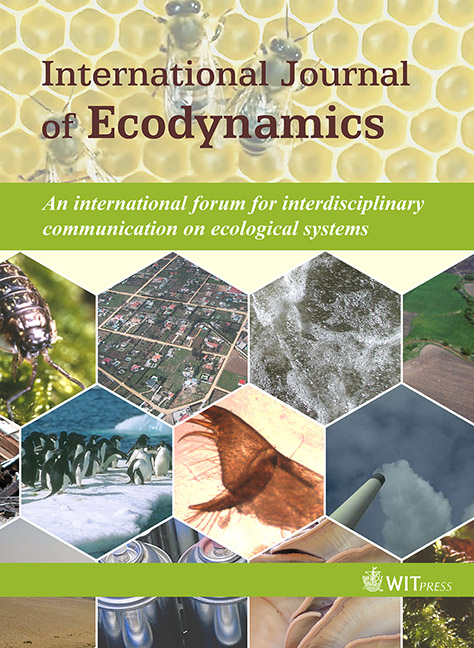Monitoring of movement behaviors of chironomid larvae after exposure to diazinon using fractal dimension and self-organizing map
Price
Free (open access)
Volume
Volume 2 (2007), Issue 1
Pages
11
Page Range
27 - 38
Paper DOI
10.2495/ECO-V2-N1-27-38
Copyright
WIT Press
Author(s)
C.W. Ji, S.H. Lee, K.-H. Choi, I.-S. Kwak, S.G. Lee, E.Y. Cha, S.-K. Lee, T.-S. Chon
Abstract
Response behaviors of chironomid larvae, Chironomus riparius, were analyzed by fractal dimension and artificial neural networks after the specimens were exposed to an insecticide. The two-dimensional movement tracks of individual specimens were continuously recorded before and after the treatments of diazinon at the concentration of 0.001 ppm. Fractal dimensions were obtained from the movement tracks and appeared to decrease consistently after the treatments. Subsequently, parameters such as speed, acceleration, stop number, maximum length, locomotory rate, and meander were extracted from the 1-h segments and were used as input data for training with the self-organizing map (SOM). The movement tracks were accordingly classified before and after the treatments by the trained SOM. Fractal dimension and the SOM were useful for extracting information residing in behavioral data and could be an alternative tool for automatically detecting toxic substances in an aquatic environment.
Keywords
chironomids, diazinon, fractal dimension, monitoring, movement, pesticide, response behavior, self-organized map




